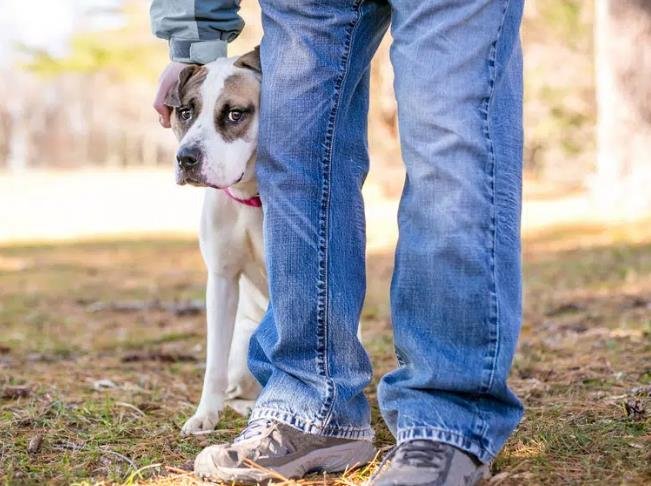Desensitizing your dog can help reduce their fear or anxiety towards certain triggers or situations. Here are steps on how to desensitize your dog:

1. **Identify triggers**: Determine what triggers fear, anxiety, or unwanted behavior in your dog. This could be loud noises, strangers, other animals, or specific environments.
2. **Create a plan**: Develop a desensitization plan that involves exposing your dog to the trigger in a controlled and gradual manner.
3. **Start with a low-intensity exposure**: Introduce the trigger at a level where your dog shows little to no fear or anxiety. This could mean playing a recording of the sound at a low volume or having a person stand at a distance.
4. **Keep your dog calm**: Use calming techniques such as treats, praise, or petting t

o keep your dog relaxed during exposure to the trigger.
5. **Gradually increase exposure**: Over time, gradually increase the intensity or duration of exposure to the trigger as your dog becomes more comfortable. This could involve increasing the volume of the sound or decreasing the distance from the trigger.
6. **Monitor your dog’s reactions**: Pay close attention to your dog’s body language and behavior during desensitization. Stop the exposure if your dog shows signs of distress and go back to a lower-intensity level.
7. **Be patient and consistent**: Desensitization takes time and requires patience. Consistent and positive exposure to the trigger is key to helping your dog overcome their fear or anxiety.
8. **Seek professional help**: If your dog’s fear or anxiety is severe, consider seeking help from a professional dog trainer or behaviorist who can provide guidance and support.
By following these steps and being patient with your dog, you can help desensitize them to triggers that cause fear or anxiety, leading to a happier and more relaxed pet.








